Harley-Davidson isn’t just a motorcycle brand—it’s an institution. For more than a century, Harley has rolled out machines that define eras, inspire cult followings, and carve their own space in pop culture. Whether it’s a World War II-era WLA or the futuristic Pan America, every generation of riders has had a Harley that hits just right. This list covers 10 of the most iconic models ever built—bikes that left a mark on the road, the industry, and anyone who threw a leg over the seat.
1. 1936 Harley-Davidson EL “Knucklehead”

The 1936 EL introduced the world to the now-famous Knucklehead engine—Harley’s first overhead-valve V-twin. With 61 cubic inches (1,000cc) and around 40 horsepower, it marked a turning point for the brand’s engineering and styling.
It featured a four-speed transmission, a rigid rear frame, and springer front forks. Production was limited to just under 1,600 units in its debut year, making original examples hard to come by. The EL wasn’t just a mechanical upgrade—it helped define Harley’s direction for the next several decades.
2. 1942 Harley-Davidson WLA “Liberator”

Built during World War II, the WLA was Harley’s military workhorse. It used a 45-cubic-inch flathead V-twin that produced about 25 horsepower—enough for troops to scout, deliver messages, and tow light gear.
Suspension was simple—springer forks up front, rigid in the rear—and it ran on 16-inch wheels. Over 90,000 WLAs were produced for Allied forces, making it one of the most widely used military motorcycles of the war. It earned the nickname “Liberator” for the role it played overseas.
3. 1957 Harley-Davidson Sportster XL

The original 1957 Sportster XL introduced Harley’s Ironhead engine, a 55-cubic-inch (883cc) V-twin that pushed about 40 horsepower. It was Harley’s answer to the growing popularity of British bikes and had a sportier, stripped-down vibe.
With hydraulic front forks and a swingarm rear, it was more modern than the flatheads it replaced. Harley sold around 2,000 Sportsters that year, and it quickly gained traction with riders looking for speed in a lean package. The Sportster would go on to become a staple in the lineup for decades.
4. 1965 Harley-Davidson Electra Glide FLH

The 1965 Electra Glide was the first Harley to come with electric start, which made a big difference for riders who were tired of kicking over big V-twins. It was powered by the 74-cubic-inch Panhead and made about 55 horsepower.
It featured full touring trim—windshield, saddlebags, big seat—and a hydraulic front fork. Harley produced just over 6,900 FLH Electra Glides that year. It was the last year for the Panhead and the first for electric starting, which made it a standout in Harley’s touring evolution.
5. 1969 Harley-Davidson FLH Electra Glide “King of the Highway”

By 1969, the FLH Electra Glide had earned its place as Harley’s flagship touring bike. It came standard with the 74ci Shovelhead engine and now included a front disc brake—something most bikes at the time still lacked.
This model also launched Harley’s “King of the Highway” touring package, which bundled hard saddlebags, a windshield, and extra chrome. About 10,000 units were built in ’69. It wasn’t flashy, but it was built to go the distance—and looked right at home doing it.
6. 1977 Harley-Davidson XLCR Café Racer

The XLCR was Harley’s bold attempt to tap into the café racer trend. It was based on the Sportster platform but featured a sleek blacked-out look, bikini fairing, and rear-set controls. Under the tank was a 61ci Ironhead engine producing around 60 horsepower.
It came with dual front disc brakes, a longer swingarm, and performance-tuned suspension. Harley only sold about 3,100 XLCRs between 1977 and 1979, but it’s since become a cult classic. Riders didn’t know what to make of it then—but now it’s a collector favorite.
7. 1983 Harley-Davidson FXRT Sport Glide

The FXRT was all about performance touring. It featured a rubber-mounted 80ci Evolution engine and a frame-mounted fairing that improved aerodynamics. It also came with hard bags, adjustable suspension, and dual front disc brakes.
What set the FXRT apart was its handling. With a lighter chassis than the FLH models and a sportier ride, it was surprisingly nimble for a tourer. Only a few thousand were made each year, and it’s become a go-to for modern customizers and retro-styled builds.
8. 1990 Harley-Davidson Fat Boy FLSTF

The Fat Boy debuted in 1990 and instantly turned heads. With its disc wheels, solid stance, and 80ci Evolution motor, it looked like nothing else on the road. It was a cruiser with presence—and not just because Arnold Schwarzenegger rode one in Terminator 2.
It featured a softail frame with hidden rear shocks and a wide front fork. Harley sold just over 4,000 units in its first year, but the Fat Boy went on to become one of the most recognizable bikes in the company’s history.
9. 2006 Harley-Davidson VRSCD Night Rod

The Night Rod was part of the V-Rod lineup, Harley’s foray into high-performance liquid-cooled bikes. It featured a 1,130cc Revolution engine developed in partnership with Porsche, producing about 120 horsepower.
It came with a low-slung frame, inverted forks, and aggressive geometry. It wasn’t a traditional Harley, and that made it controversial—but also incredibly quick. With a quarter-mile time under 12 seconds, it backed up the looks with real performance. Not everyone loved it, but it pushed Harley in a new direction.
10. 2021 Harley-Davidson Pan America 1250

The Pan America is Harley’s first real adventure bike, and it’s made a serious impression. Powered by a 1,252cc Revolution Max V-twin, it delivers 150 horsepower and features a six-axis IMU, adaptive ride height, and multiple ride modes.
Suspension comes from Showa with full adjustability, and the tech is thoroughly modern—Bluetooth, touch screen, and cornering ABS. Harley sold nearly 10,000 units in its debut year, and it’s proven the brand can do more than just cruisers. Love it or hate it, it’s a landmark bike.
*This article was hand crafted with AI-powered tools and has been car-fully, I mean carefully, reviewed by our editors.


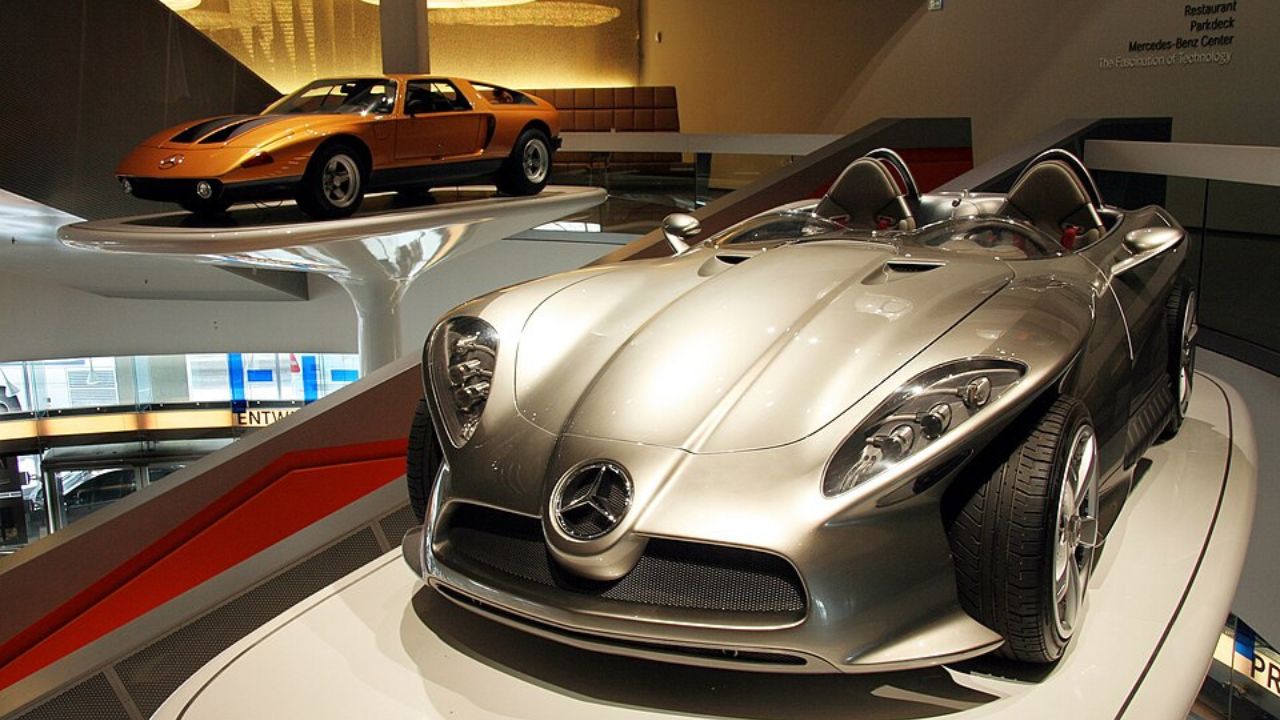
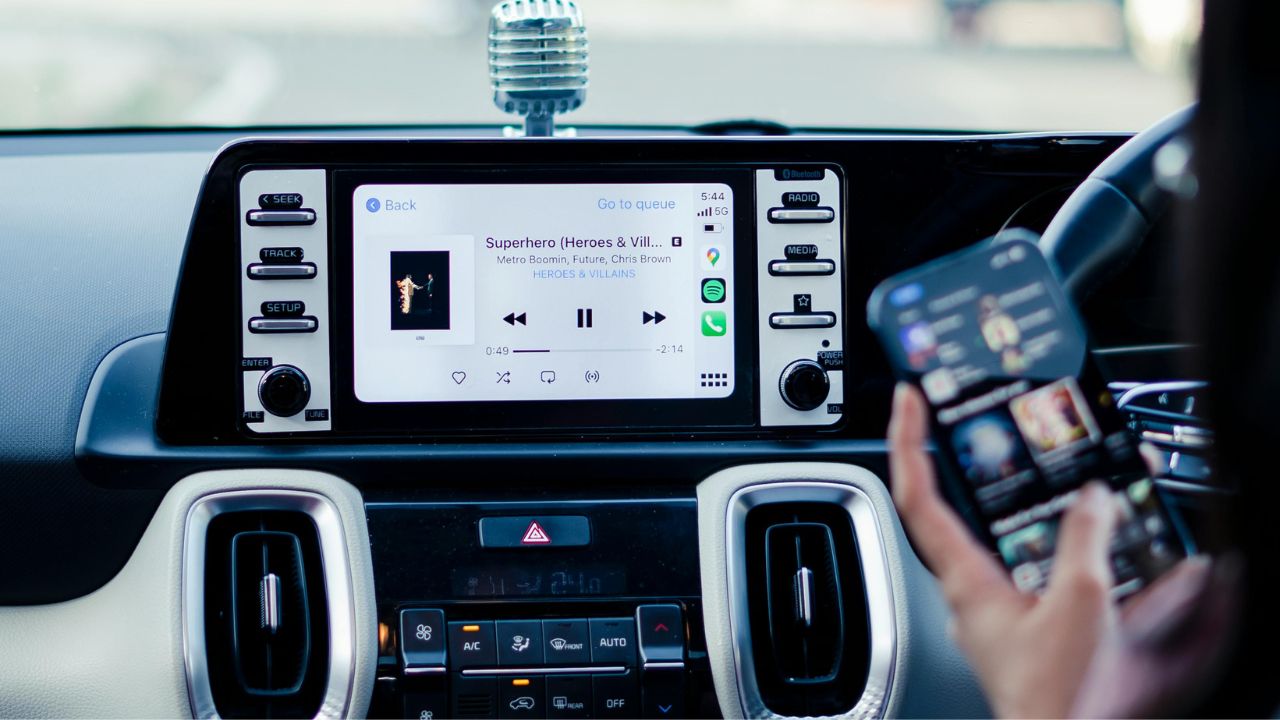
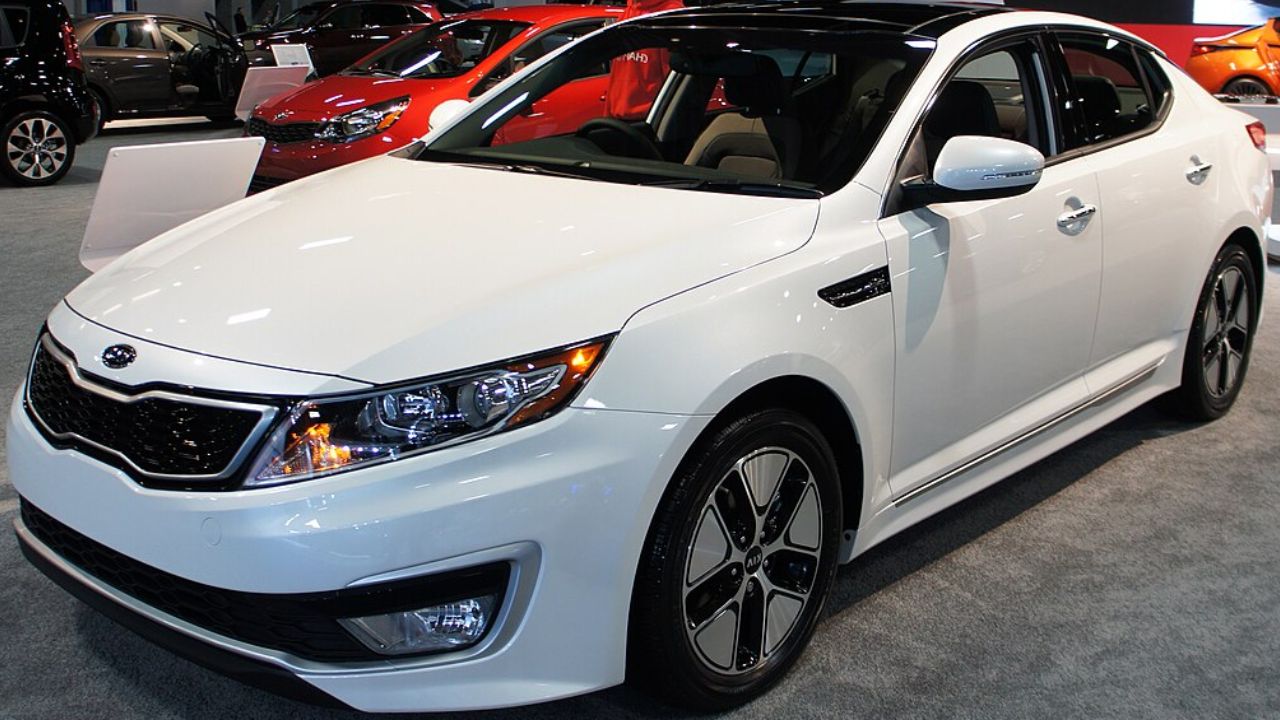
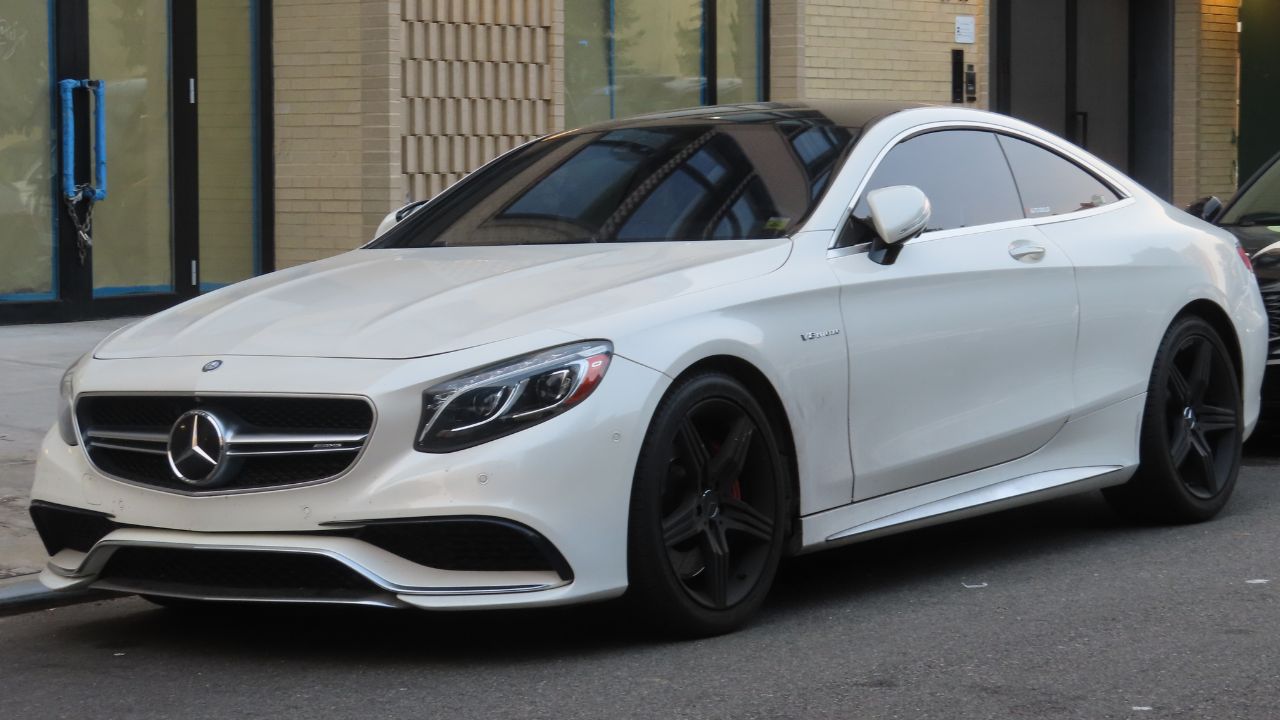
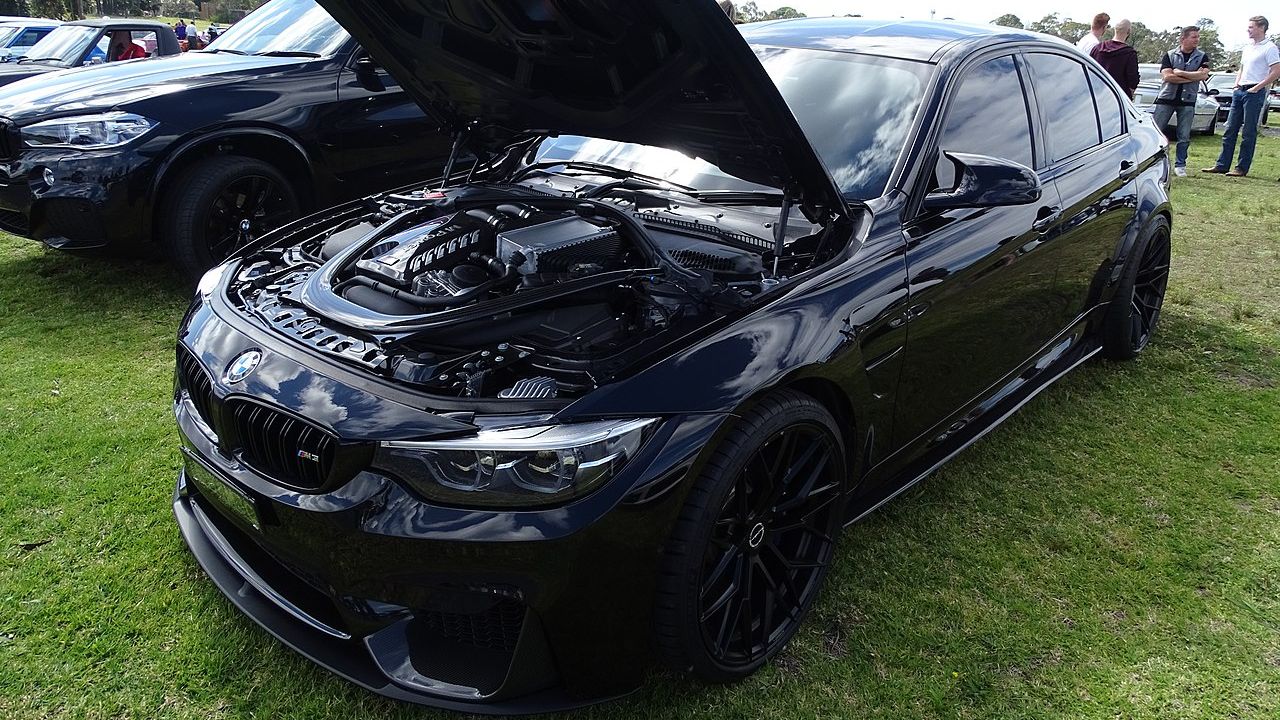
Leave a Reply